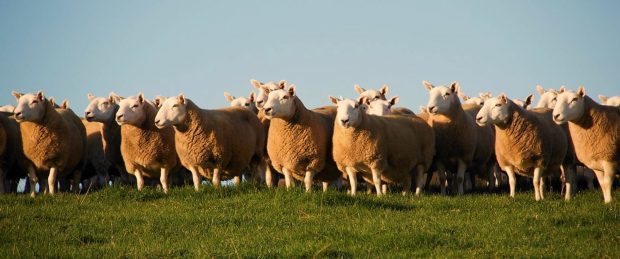A report highlighting the benefits of introducing sheep to an arable enterprise has been published by the National Sheep Association (NSA).
The 16-page document – The Benefits of Sheep in Arable Rotations – discusses the advantages of having sheep in arable systems, either for grazing short-term crops such as stubble turnips, or long-term grass and clover leys.
“50 years ago sheep were considered highly useful on arable farms. They supported the rotation and helped keep weeds and cereal pests at bay, while adding manure and nutrients following crops could use,” said NSA chief executive Phil Stocker.
“Artificial fertilisers, herbicides and plant protection products, the specialisation of arable enterprises and the hassle factor of looking after animals, have all been responsible for the sheep sector’s sharp decline here. But now the tide seems to be turning as more arable farmers are looking to see how they can bring sheep back.”
According to the report, sheep bring many benefits to an arable farm including improved soil health and structure, help controlling difficult weeds like blackgrass, and an improvement in crop yields.
The report provides guidance on growing crops to feed sheep, an overview of the infrastructure needed to keep sheep, and guidance on any additional rules and regulations which arise from keeping animals.
“With the aim of getting an increasing number of arable farmers to consider the benefits sheep could bring to their system, the report concludes with a checklist of questions for arable farmers to see if sheep really could be the answer to their arable problems,” said Mr Stocker.
“Case studies in the report demonstrate sheep are already doing very good things on arable farms across the UK, and those considering this option will find a list of possible business structures which can be adopted and modified depending on individual circumstances.”
The report is available online at www.nationalsheep.org.uk/policy-work.
